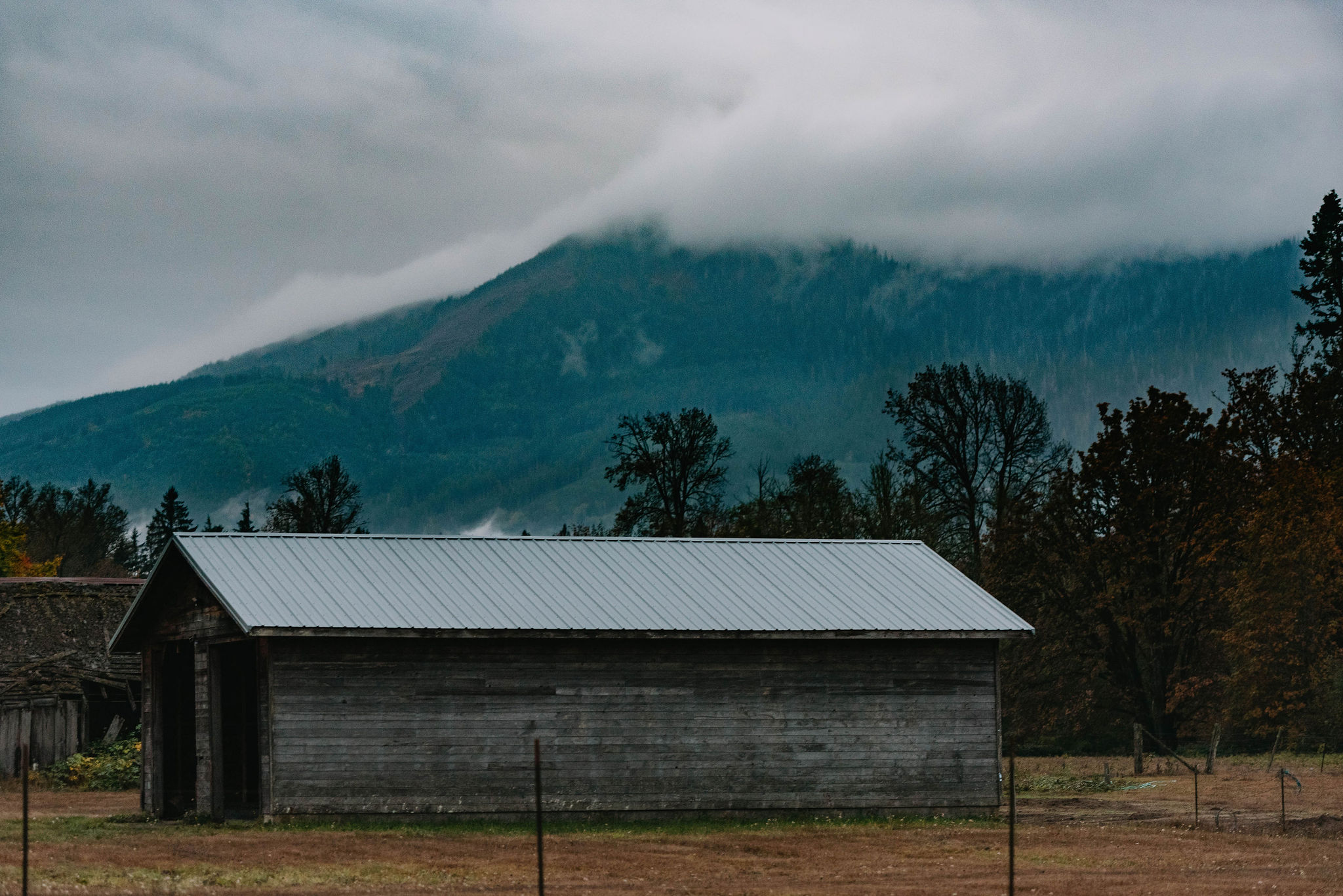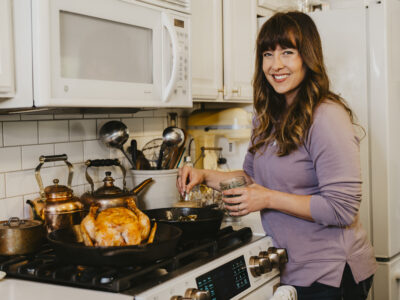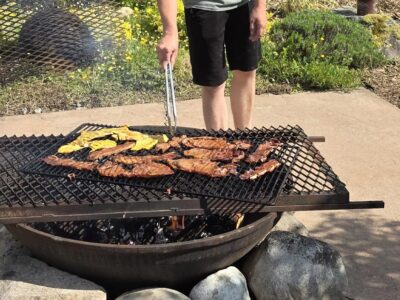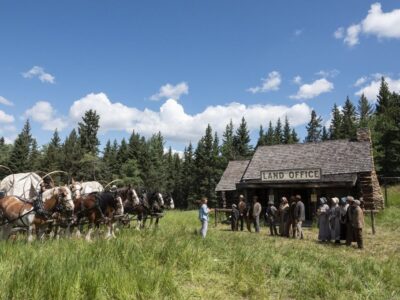After decades of homesteading between us, we’ve both learned something important: you don’t have to do it all. In fact, trying to do it all can burn you out before you’ve even tasted the fruit of your labor… literally.
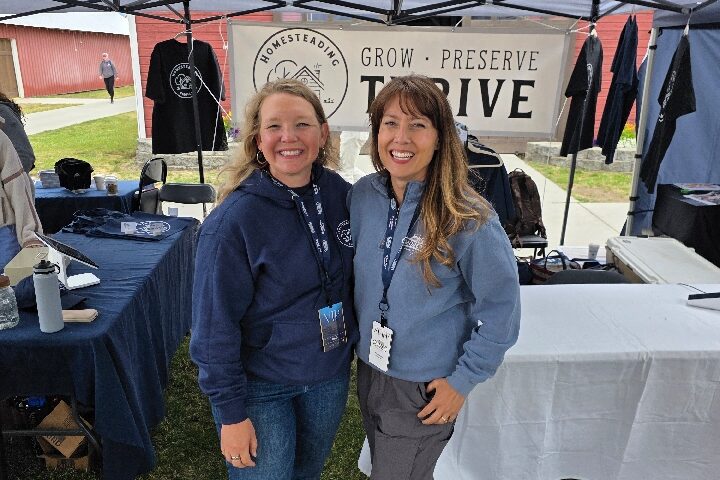
This week, I sat down with my best friend, Carolyn Thomas from Homesteading Family, in her Idaho home and shared an honest look at what homesteading looks like after 20+ years.
We talked about what we’re focusing on, what we’ve let go of, and how we’re planning for the future with more grace, intention, and sustainability.
Whether you’re just starting out or you’re a seasoned homesteader yourself, we hope this peek into our own journeys encourages you to find a rhythm that works for your family and your land.
All-In, All-the-Time
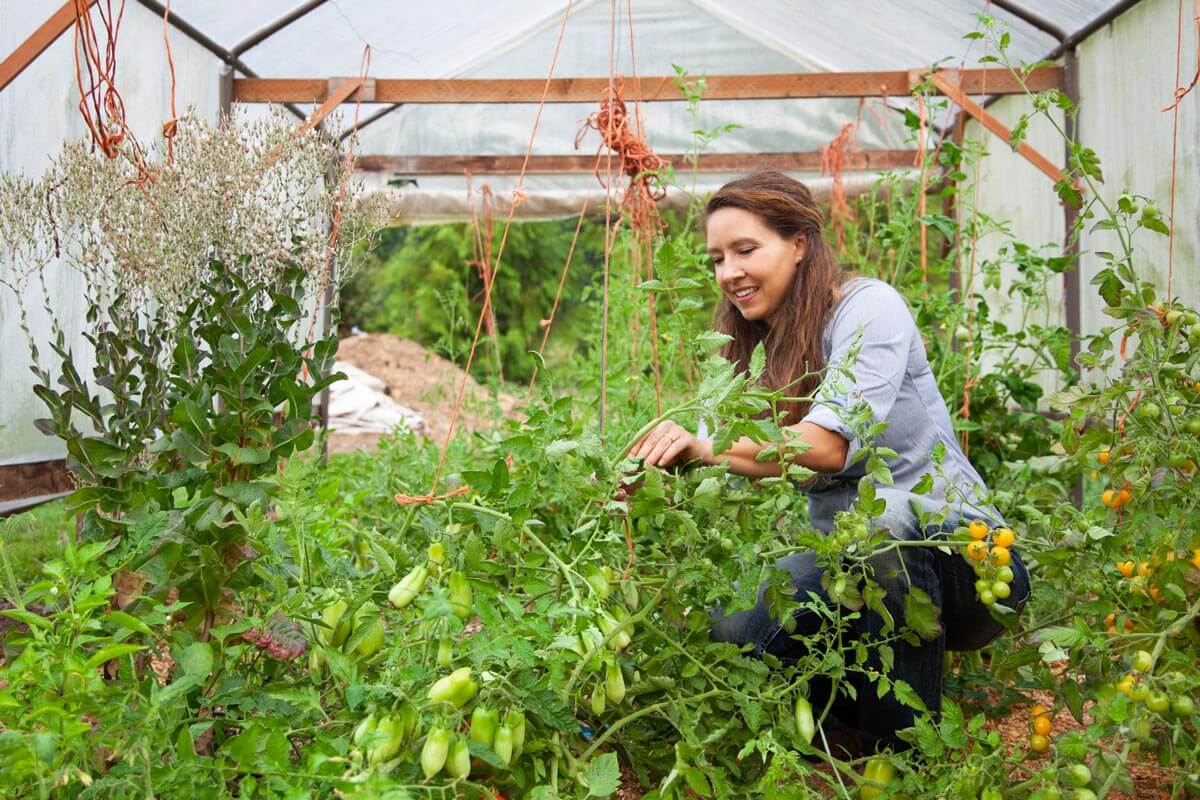
Like so many homesteaders, we started out wide-eyed and eager, trying to do everything on our new homesteads.
We had to grow all our own food, raise all our own animals, preserve every bit of it, and build the skills we saw in every beautiful “perfect” homestead image online.
But here’s the truth… that pace isn’t sustainable. And it doesn’t have to be.
One of the biggest shifts for both of us in recent years has been stepping back and asking ourselves what really moves the needle?
It’s the 80/20 rule in action. 20% of your efforts will produce 80% of your results.
For Carolyn and Josh, that’s meant scaling back high-maintenance crops and focusing on what grows easily and abundantly in their North Idaho climate. Goodbye, fussy high-tunnel tomatoes. Hello, brassicas and root crops.
For us, it meant letting go of pigs (for now!) and saying no to a milk cow, because buying high-quality raw milk locally for our family of three actually makes more sense in this season of life.
Stop Fighting the Garden (and Yourself)
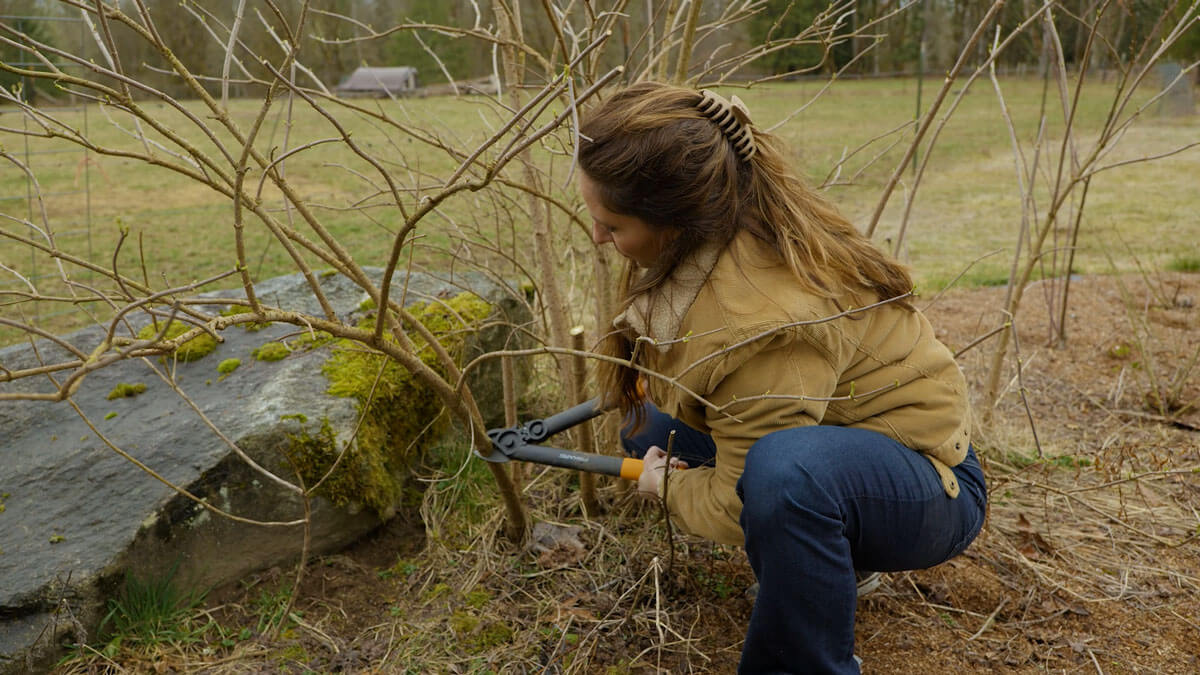
Maybe the biggest wisdom we’ve gained is learning to stop fighting.
- Stop fighting with crops that don’t thrive in your area.
- Stop fighting with your schedule.
- Stop fighting the expectation that you have to make everything from scratch to be “doing it right.” You don’t.
Carolyn hacked her sickly elderberry bush to the ground (in an attempt to kill it), and now it’s flourishing.
I threw her pepper plants into the main garden instead of babying them in the high tunnel and had my best crop yet.
Sometimes, less effort produces better results. Sometimes the “lazy” way works better than the “by the book” way. And that’s okay.
Natural Remedies Made Simple
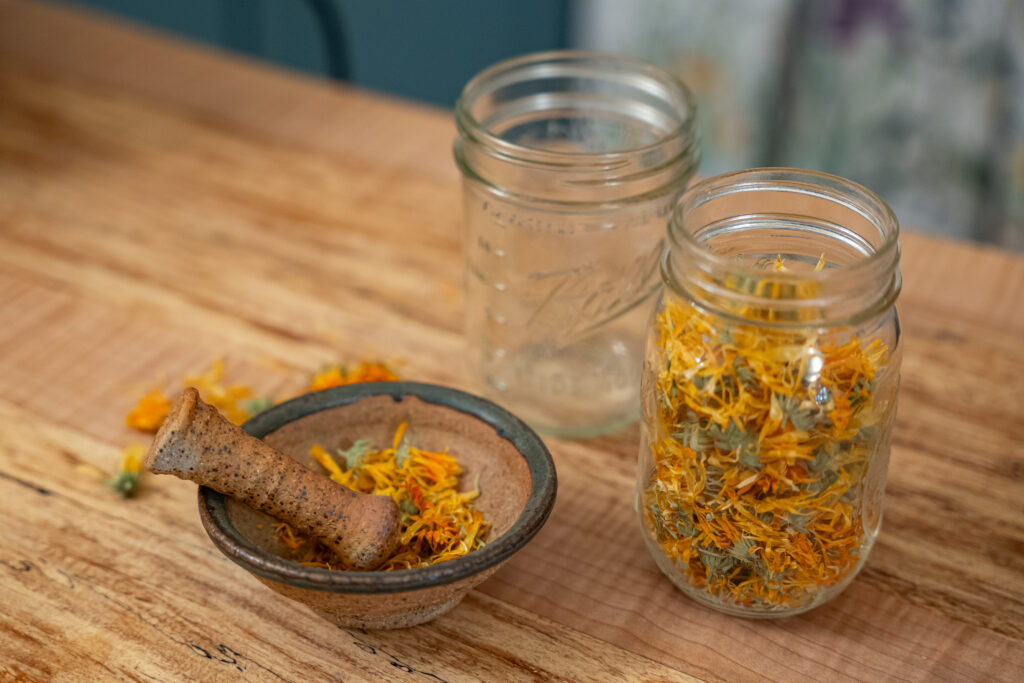
Start your home apothecary with confidence—even if you’re brand new. Learn how to choose the right herbs for your body using the simple principles of herbal energetics.
Discover how warming, cooling, drying, and moistening herbs affect your body—so you can stop guessing and start making remedies that actually work.
Making Room for Rest and Reality
It’s also okay to have a rest year. Not every season of homesteading needs to be expansion and hustle.
This year, Carolyn and Josh are focused on holding steady, managing what they already have, and re-evaluating what’s truly worth their time.
I’m seeing a shift around here as well. Teenagers are growing up and moving out, there are fewer mouths to feed, and a new phase of life to plan for.
What used to make sense may not anymore, and that’s not failure, it’s wisdom.
Looking Ahead: The Future of Our Homesteads
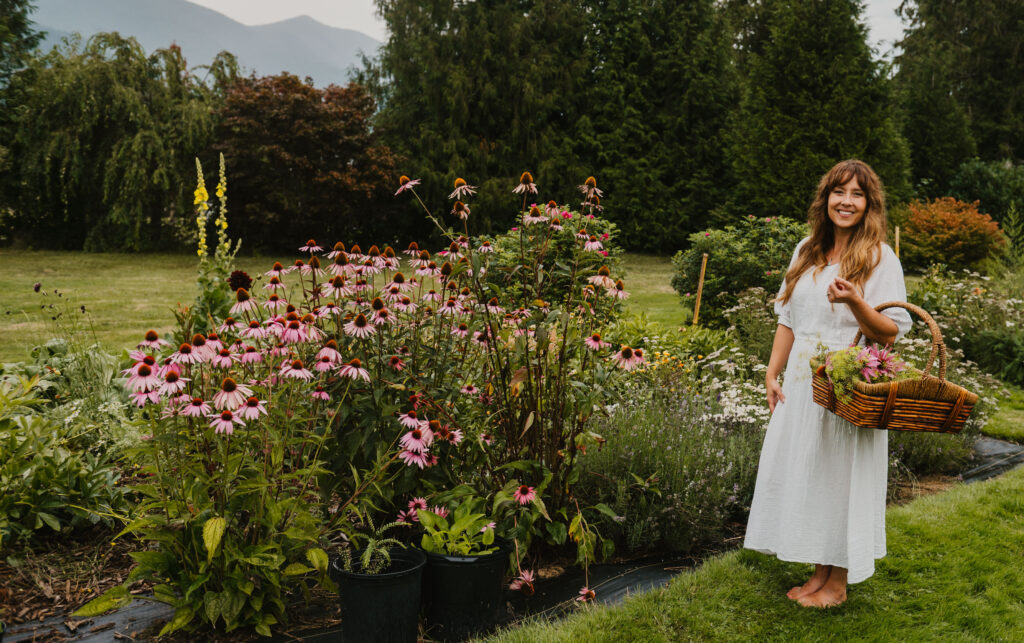
We both have exciting things on the horizon. Carolyn’s family is entering a season where grown children and their spouses want to come back and participate in the homestead. That means thinking about multi-family systems, shared gardens, and how to build a lifestyle that serves everyone long-term.
I’m excited to plant more perennial plants, especially expanding my medicinal herb garden, and diving deeper into building out an herbal apothecary garden. Not just for my own use, but to support my kids and future grandchildren.
Both of us are looking at ways to grow more animal feed right on the homestead. This means less dependence on the feed store and more reliance on root crops, winter squash, and smart pasture management.
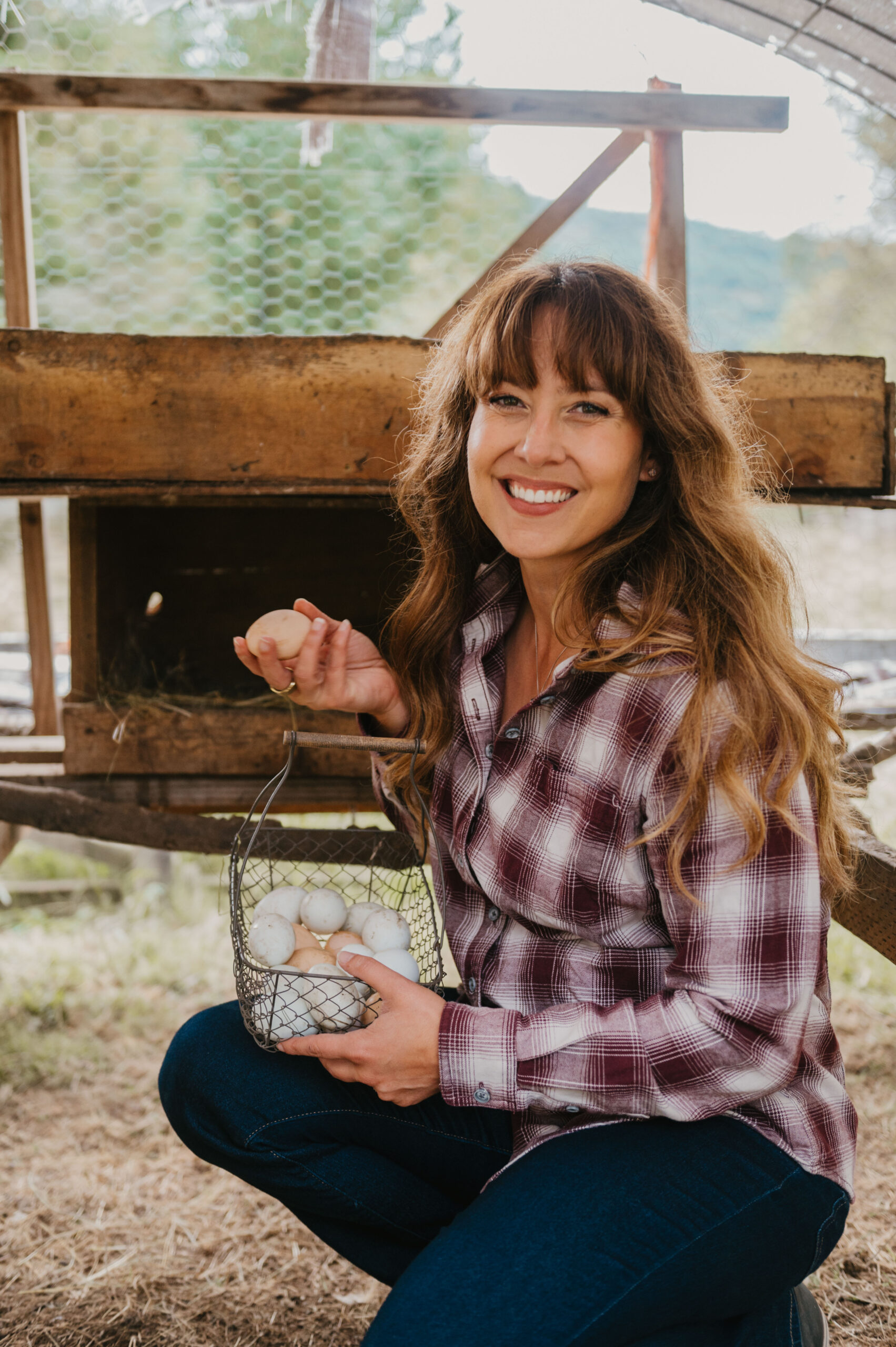
If you take away one thing from our conversation, let it be this: there is no one-size-fits-all homestead. What works for us may not work for you. And what worked for you five years ago might not be what you need today.
A mature homestead isn’t about having the biggest harvest or raising all the animals. It’s about growing in wisdom, learning to rest, and building a life that’s fruitful (and joyful) for the long haul.
So whether you’re diving deep into feed experiments, learning herbal remedies for the first time, or just figuring out which crops deserve your energy, we’re cheering you on.
Other Posts You May Enjoy
- How to Plan Your Best Garden & Harvest for a Year’s Worth of Food
- How Much to Plant Per Person for a Year’s Worth of Food
- Grow Your Own Food – Helpful Tips For The Beginning Gardener
- 13 Basic Steps to Starting a Vegetable Garden
- Time-Saving Tips For New Gardens
- Does Gardening Save Money
- Survival Garden
